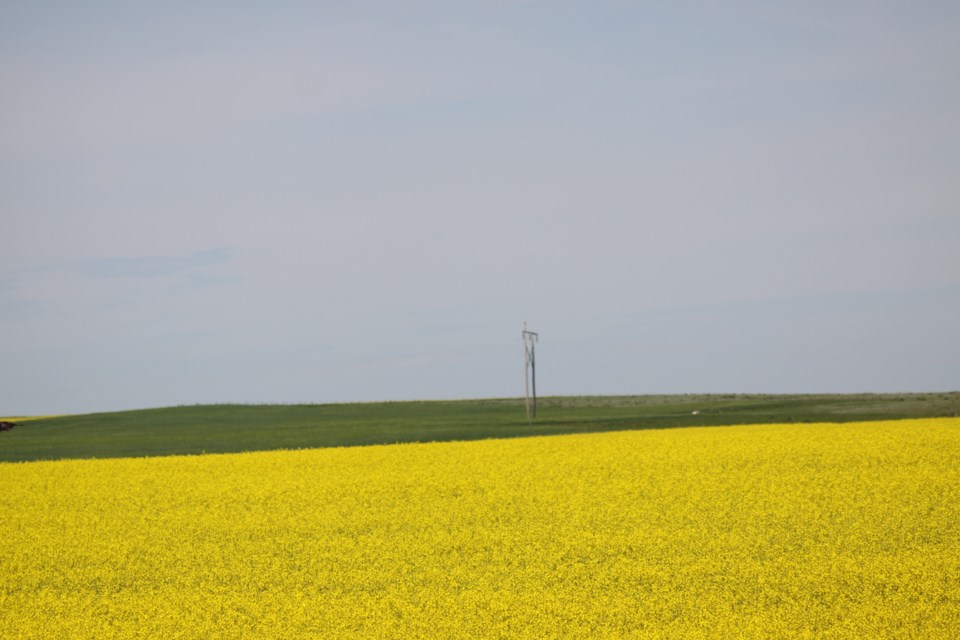Trade war tensions persist as headwinds for grain crop prices, according to a midyear update of the Farm Credit Canada 2019 outlook.
“There’s no change from our mixed January profitability forecast for grains,” notes the report by Martha Roberts.
“Spring wheat continues to trend at roughly break-even or just above while winter wheat margins will be pressured throughout the rest of the year. Profitability of canola, soybeans and lentils should also remain near break-even.”
While corn margins are expected to be positive, yields of the U.S. crop and trade issues could affect them. The United States Department of Agriculture (USDA) estimates lower corn acres but higher yields.
Many U.S. grain analysts dispute the USDA estimates as they are based solely on satellite map readings.
Corn is the anchor crop against which other crop prices compete for acres.
Other than Ontario corn and soybeans, Canada’s crops seem to be in fine shape with the exception of lentils in Alberta.
“Both Alberta’s and Saskatchewan’s winter and spring wheat crops were progressing well, if not better than average, at the end of July. Major crop (spring wheat, durum, canola, peas) conditions varied widely across the province, but overall exceeded both the five-year average and 10-year average ratings of good to excellent.”
That should boost carryout stocks for peas. Lentil stocks are expected to fall slightly, despite the expected increased production.
Canadian spring wheat supply rose slightly year-over-year during the 2018-19 marketing year but domestic demand helped to stabilize prices. Canada’s wheat exports rose 11.5 per cent, reducing carry-out stocks.
Next year, the area seeded to wheat in many major producing countries, including Canada, is expected to increase, pushing up estimates of global production, supply and carry-out stocks.
Canadian carry-out stocks are forecast to increase with Agriculture Canada’s projected season-average farm price for wheat of $240 per tonne, down slightly from the estimated 2018-19 price of $245.
At July 1, pea exports were up 11.6 per cent, with lentil exports up 19.4 per cent.
Bangladesh and India have increased imports of peas and lentils from Canada over last year’s, but the rest of the growing season will determine their appetite for more.
Pea and lentil prices are expected to stabilize for the rest of the year, from more domestic processing demand.
Canola’s outlook remains highly uncertain due to market access challenges with China although new markets have been found in Europe.
With reduced farm cash income, pressure has been put on input and equipment prices.
Fertilizer prices increased 10.4 per cent from January to July with pesticide prices up 1.4 per cent.
The updated outlook predicts flat fertilizer prices for the rest of the year.
Ron Walter can be reached at [email protected]




